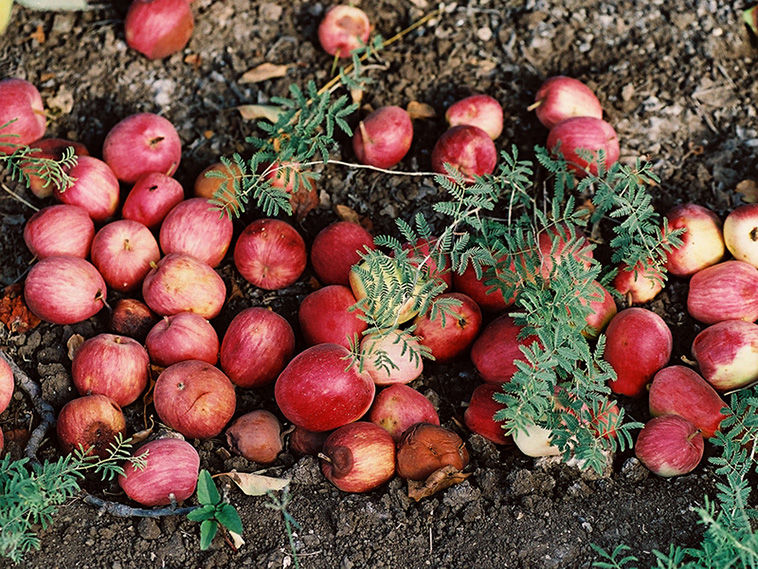RESEARCH

Current Project
International virtual trade fluxes embed in agricultural commodities and network shocks analysis






Current Project
Can the availability of mineral nutrient be an obstacle to the development of organic agriculture at the global scale?
Today, the ability of Organic Agriculture to “feed the world” is a highly debated topic. In the last decades, several authors has attempted to compare the productivity of organic agriculture versus conventional agriculture. Such studies were carried out at crop level and mainly using the meta-analysis methodology. Nevertheless, those studies do not consider the consequences of a potential dramatic development (or up-scaling) of organic systems on crop productivity due to the possible risk of a limited availability of nutrients to sustain the production. Indeed, nutrients source might be limited in some areas – e.g. in stockless regions. Additionally, organic systems might be dependent on conventional systems as a nutrient source. A second limitation of such studies lie in the lack of accounting for differences in crop rotations between organic and conventional systems. Therefore, nutrients (nitrogen and phosphorus) availability may represent an obstacle for a huge geographical expansion of organic farming.
The main objective to address those two limitation and to assess the food production capacity of organic agriculture if it was to develop dramatically at the global scale using a spatial-explicit modelling approach.




Previous
Projects
Syscom Project
The project "Farming Systems Comparison in the Tropics", implemented by the Research Institute of Organic Agriculture (FiBL), aims to establish a scientific basis for discussions on the performance and potential of conventional and organic agricultural production systems in the tropics. It has been running since 2007. In three tropical countries – Kenya, India and Bolivia – long-term farming systems comparison field trials have been established in concert with participatory on-farm research on technology development, focussing on a different cropping system in each country.




Master
Thesis
Analysis of a segregating population of amaranth (Amaranthus spp.) originated from spontaneous crossings leading to potential inter-specific hybrids
Amaranth can have high potential for plant breeding in terms of biomass production. In this context, hybridization may represent an excellent source of variation for selection of improved varieties for bio-gas production, because the developing of giant plant was observed.We analysed a Amaranth segregating population derived from some candidate F1 hybrids originated from spontaneous crossings, in order to investigate the occurrence of inter-specific hybridization under natural field conditions. We tested three generation and including four amaranth species (A. cruentus, A. caudatus, A. hybridus, and A. retroflexus). The high variability showed by the field experiment underlines the potential of amaranth for plant breeding for biomass production




Previous
work
-
Analysis of the European and Italian organic seed marked sector and its historical development, with a focus on the organic rice in Italy.
-
Agronomic performance and characterization of 10 Amarathus spp. species by setting up of a fiend experiment under organic farming conditions.